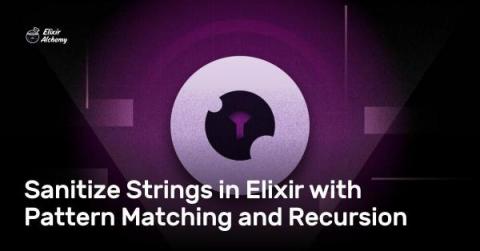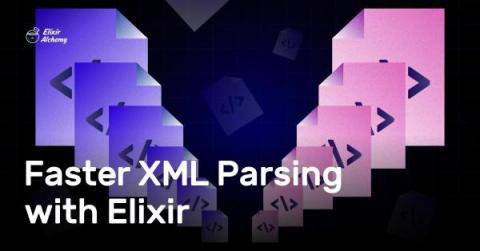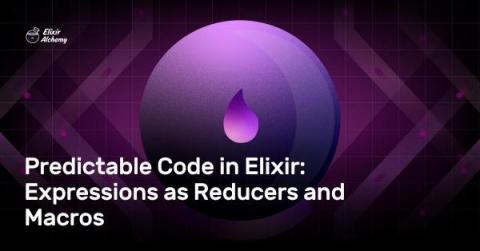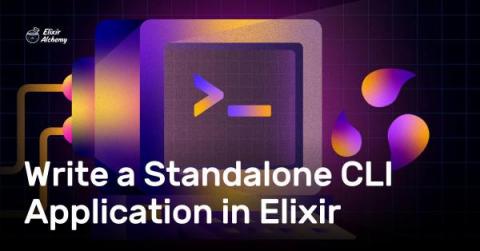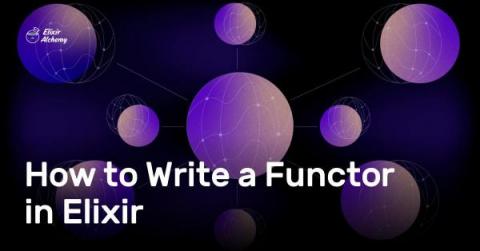Sanitize Strings in Elixir with Pattern Matching and Recursion
In this post, we'll use two of Elixir's most powerful features - pattern matching and recursion - to sanitize a string by removing invalid Unicode "Specials" characters. Let's dive straight in!


